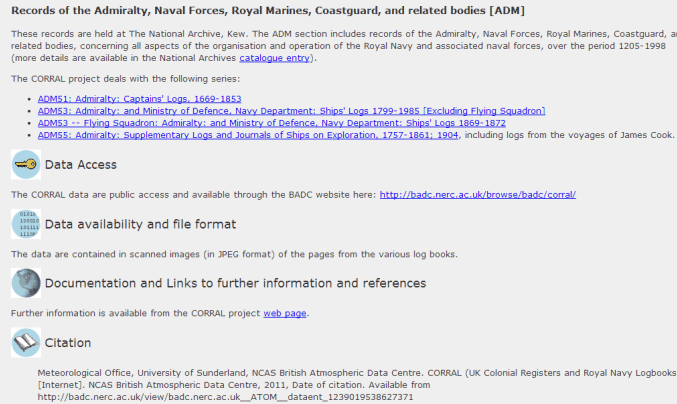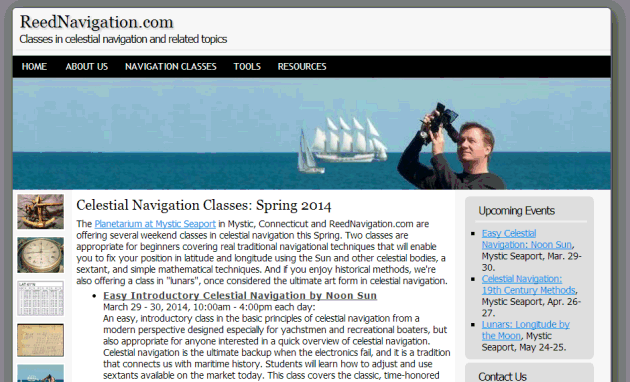
NavList:
A Community Devoted to the Preservation and Practice of Celestial Navigation and Other Methods of Traditional Wayfinding
From: Antoine Couëtte
Date: 2023 Jun 24, 08:24 -0700
Regarding Venus :
(1) - Refraction
Once corrected for dip, H1 = 23°23' , H2 = 19°13' , mean value Hm = 21°18'
Standard Refraction for H1 = 2.25' , Standard Refraction for H2 = 2.76' , Standard Refraction Mean Value (SRMV) : 2.50'
Standard Refraction for Hm = 2.47' , very close from SRMV hereabove.
Hence we can safely consider that between H1 and H2, Standard Refraction is exactly linear.
(2) - Averaging Heights and Time
We know that averaging just 2 Heights over a 5 minute time period yields a maximum error of 0.1' in the worst case.
Accordingly, with only its quadratic error increase being significant here, averaging just 2 heights over a 10 minute period - which is the case here for Venus - yields a maximum error of 0.4' .
Preliminary Conclusion and implementation: good opportunity to use averaged Venus values here since their averaged time is almost exactly the Polaris observation time.
Therefore no need to know about course and speed. In other words no need to use a running fix.
Hence with HoE = 25ft, Temp = 23°C, P = 1013.25 mb and from: 00:35:00 Polaris at 34°27' and Venus at 21°22.25', get a 00:35:00 Fix at N34°58.7' - W067°07.3'
*******
Full running Fix
Probably marginally more reliable.
At 00:35:00 it yields a position at N34°58.7' - W067°07.5'
CONCLUSION : Averaging conditions ideally set here - thanks to you Frank - and yielding a rather simple Fix as good as running fix.
Last word : why a x7 scope magnification ? Maybe to shoot Venus LL ? I personally have strong doubts about the efficiency of such method.
Rather than resorting to the standard Gravity Center coordinates published in the NAL, I strongly favour instead using the offset center of light (phase effect), this being the default set up of my own ephemeris.
In this actual case the phase effect is slightly under 0.1' (amounting to 0.094' actually) and is almost negligible here.
A few years back I published an example of a mid 70's daylight Venus observation in the Pacific Ocean with a phase effect very close to 0.4' .
ONLY the phase correction method works here since you do observe the light gravity center then.
Kermit






